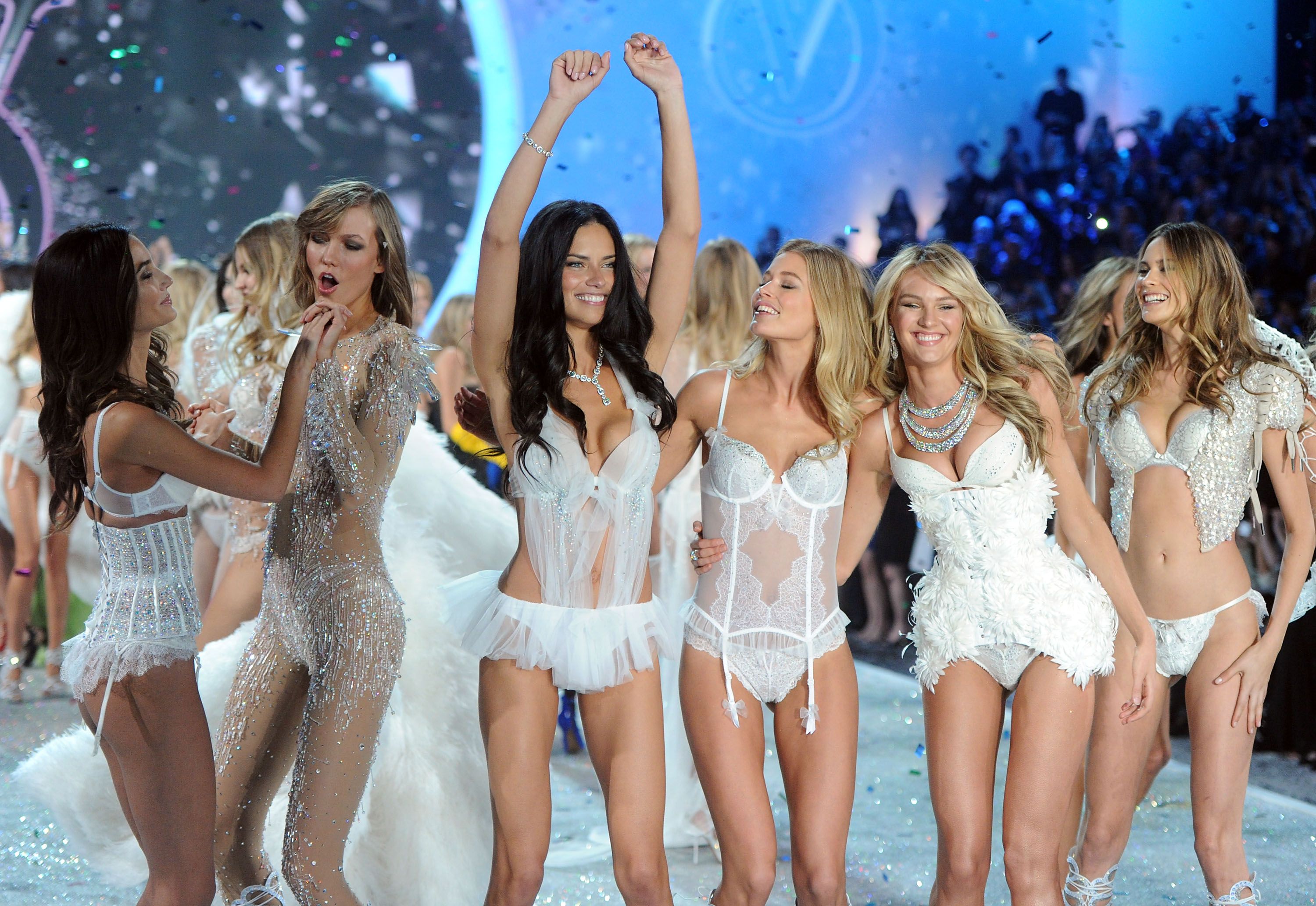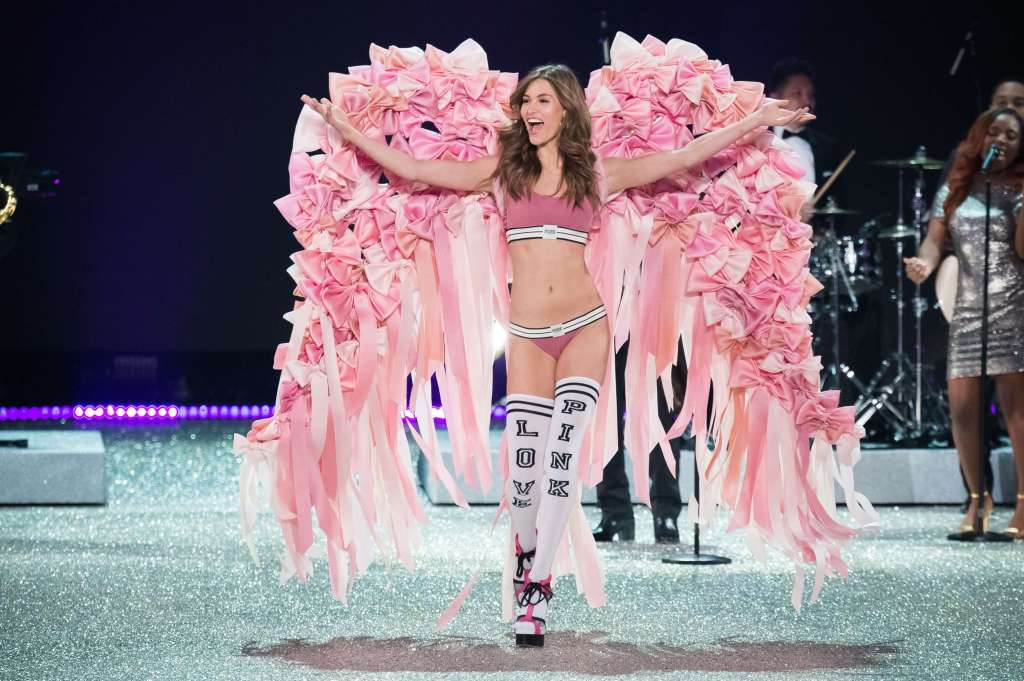Victoria’s Secret, the iconic American brand synonymous with women’s fashion, is best known for its lingerie, swimwear, beauty products, and accessories. Over the decades, the brand has established itself as a global leader, molding and reflecting the ever-changing world of fashion and societal attitudes towards femininity. This article will delve into the multifaceted aspects of Victoria’s Secret, painting a complete picture of its development and influence.
Origins
Victoria’s Secret was founded in 1977 by Roy Raymond and his wife Gaye. Roy Raymond’s inspiration came from his own uncomfortable experience while shopping for lingerie for his wife. The market lacked a space where lingerie was presented as a luxurious and enjoyable commodity, and shopping for it was often an awkward experience.

Raymond envisioned a store that transformed this experience. The first Victoria’s Secret store, opened at the Stanford Shopping Center in Palo Alto, California, was designed to replicate a Victorian boudoir, making lingerie shopping more accessible and elegant.
The Early Years: 1977-1982
The initial phase of Victoria’s Secret was characterized by its emphasis on providing a comfortable environment for men to purchase lingerie. The stores were adorned with dark wood, rich velvet, and soft lighting, aiming to offer a tasteful and comfortable space.

The brand quickly expanded, developing a mail-order catalog, and opening three more stores. However, despite early growth, financial troubles led to Raymond selling the company to The Limited in 1982.
Expansion and Transformation: 1982-1990s
Under the leadership of Leslie Wexner, the CEO of The Limited, Victoria’s Secret began a new chapter. Wexner’s keen business acumen recognized the potential of the brand, and he redirected its focus towards a broader female audience. He opened the brand to the bustling shopping mall scene, making it more accessible.
The 1990s marked a period of unprecedented growth. The brand emerged as a trendsetter, introducing products that were both sensual and wearable. Lingerie was redefined as a fashion statement, and Victoria’s Secret played a crucial role in this transformation.

First Collections and Product Line
Victoria’s Secret’s early collections were revolutionary for the time. They were inspired by European elegance, featuring luxurious silk nightgowns, lacy bras, and fashionable robes. The appeal of these products was not only their quality but their presentation as high-end, aspirational items.
As the brand grew, so did its product lines. Beyond lingerie, it introduced swimwear, sleepwear, and even beauty products, further establishing itself as a complete lifestyle brand for women.
Fashion Shows and Cultural Impact
The Victoria’s Secret Fashion Show was first launched in 1995. Unlike conventional runway shows, it combined fashion, entertainment, and celebrity, creating a spectacle that transcended mere product presentation.

These shows were broadcasted to millions of homes, allowing a wider audience to engage with high fashion. Over the years, the shows included performances by top musicians, adding to the extravaganza. The use of exotic themes, musical acts, and theatrical effects made these shows unprecedented in the fashion industry.
One notable show was the 1999 Cannes Film Festival event, which was a charity gala raising money for AIDS research. In 2000, the brand boldly decided to webcast the fashion show, drawing over two million viewers.
Models and the Concept of Angels
Victoria’s Secret Angels became one of the defining aspects of the brand. The models were not just faces; they were ambassadors. Names like Tyra Banks, Heidi Klum, Gisele Bündchen, Alessandra Ambrosio, and Adriana Lima became synonymous with Victoria’s Secret.

The concept of the Angel shaped the brand’s image, blending glamour, elegance, and strength. The Angels were portrayed as powerful and confident women, reflecting a new age of female empowerment.
Collaborations and Partnerships
Victoria’s Secret has engaged in several successful collaborations. One of the most dazzling was with Swarovski, which saw many show outfits adorned with glittering crystals. The brand also joined forces with French fashion house Balmain for a 2017 collection, designed by Olivier Rousteing. These collaborations often brought an added layer of exclusivity and luxury to the brand’s offerings.
Philosophy, Inspiration, and Legacy
The philosophy of Victoria’s Secret revolves around empowerment, elegance, and sensuality. By providing women with products that were both luxurious and functional, they have reshaped the way women perceive and wear lingerie.

Inspiration for the brand has come from various sources, including art, history, and culture. The Victorian era’s aesthetics influenced the brand’s early stores, and various collections have drawn inspiration from global fashion trends, historical periods, and exotic locations.
Victoria’s Secret has carved a unique space in the fashion industry, transforming lingerie from mere undergarments to statements of style, confidence, and empowerment. Its influence reaches far beyond its stores and catalog, shaping cultural perceptions of femininity and fashion.
From its humble beginnings to its position as a global brand, Victoria’s Secret’s story is one of innovation, adaptation, and boldness. Its shows, products, models, and collaborations all tell a story of a brand that is not just selling clothing but an entire lifestyle and philosophy.

The legacy of Victoria’s Secret continues to be a testament to a brand that understood its audience, adapted to changing times, and never hesitated to redefine itself. Its impact on fashion, culture, and commerce is a lesson in brand evolution, a story filled with inspiration and a keen understanding of the world it operates in.


